The Elder Scrolls 6 Could Really Reinvent the Wheel with Cities
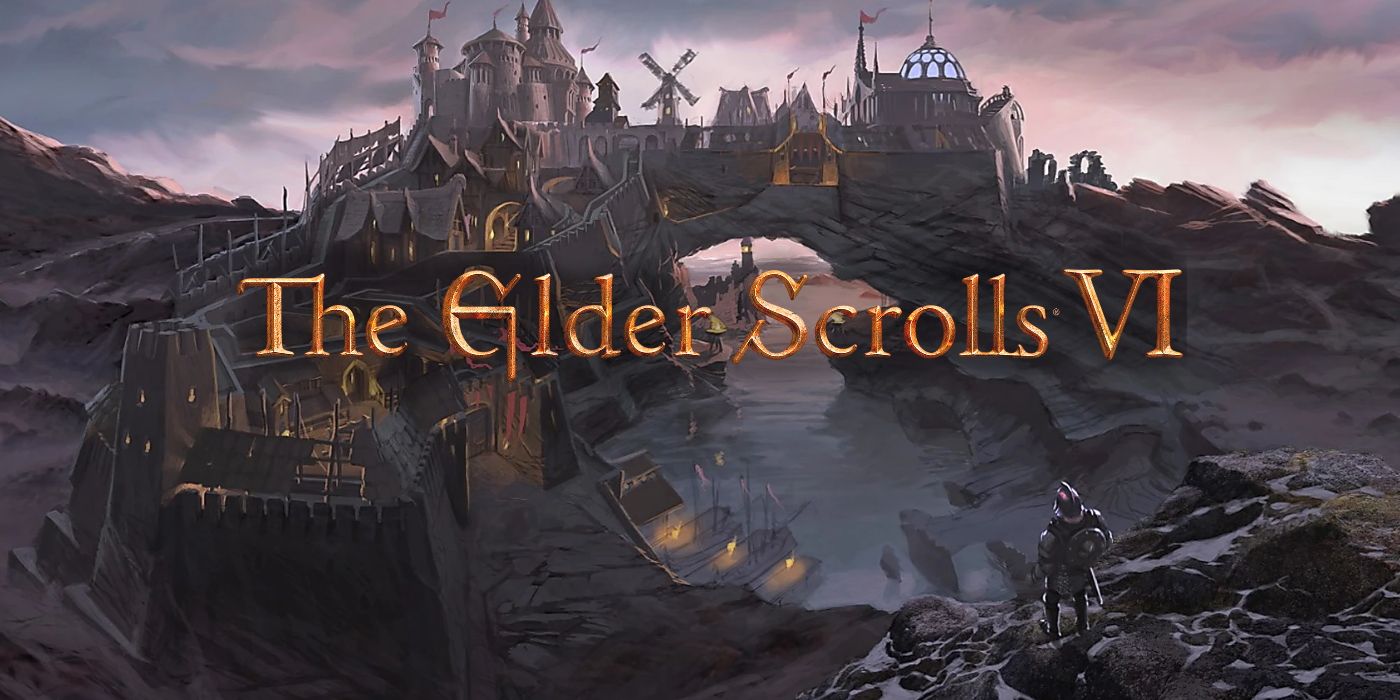
Cities have never been The Elder Scrolls' strong suit. While the lore is packed full of lavish descriptions of Tamriel's towns, the ones found in the games tend to be lackluster, just small parts of the far larger worlds which bring the games to life. That could all be about to change in The Elder Scrolls 6.
The Elder Scrolls 6 has the potential to reinvent the wheel with the series' cities. There's evidence that cities could be very different in the next game, which comes with some big implications for the layout, gameplay, and overall feel of the franchise's next chapter.
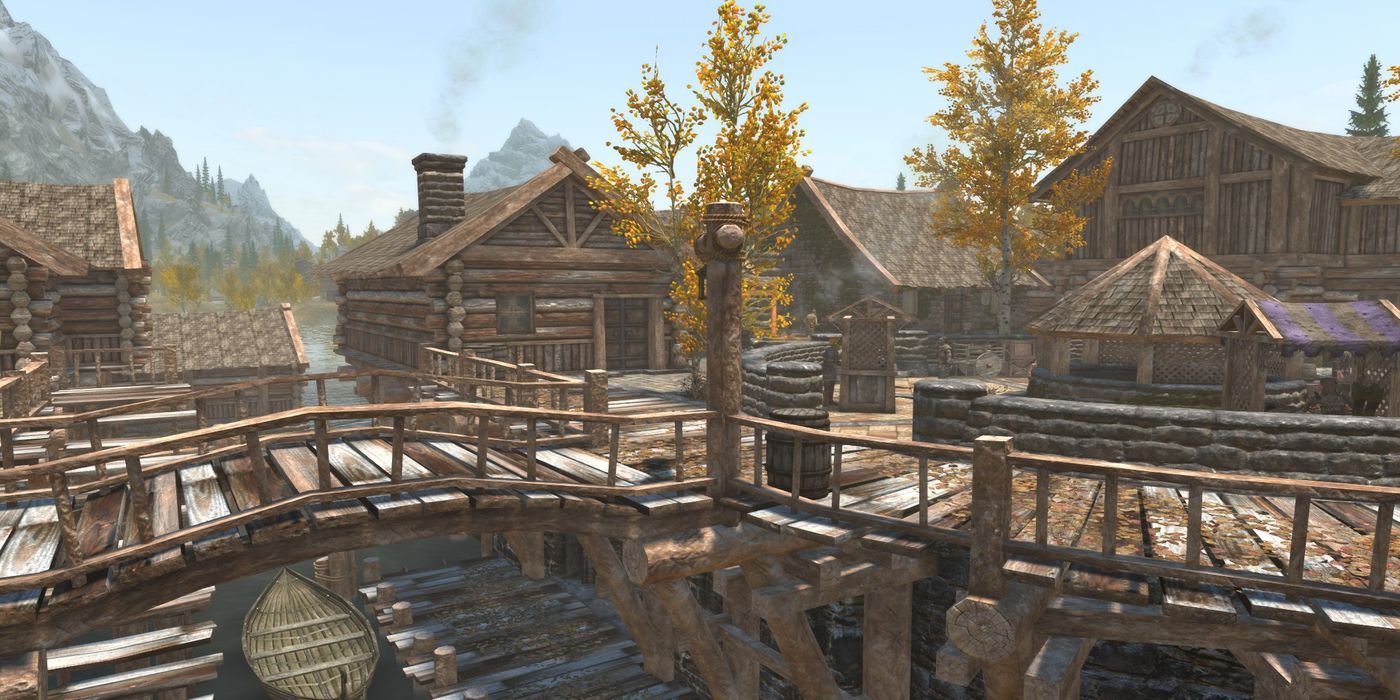
The Elder Scrolls 6, in theory, should be bringing some big changes to cities. When speaking at Brighton Digital 2020, Todd Howard mentioned that the next Elder Scrolls game would make significant use of procedural generation. Procedural generation is a technique where much of the world is automatically generated by a computer, then allowing developers to go in and flesh out the details. This can allow for the creation of far larger worlds.
Howard suggested that this could also be used to make larger cities in The Elder Scrolls 6. Fans of the franchise will know not to believe everything they hear about the game's scope before more is revealed, but the potential for larger cities does raise some very interesting possibilities. To understand why, however, it's important to first unpack the weaknesses of The Elder Scrolls' cities so far.
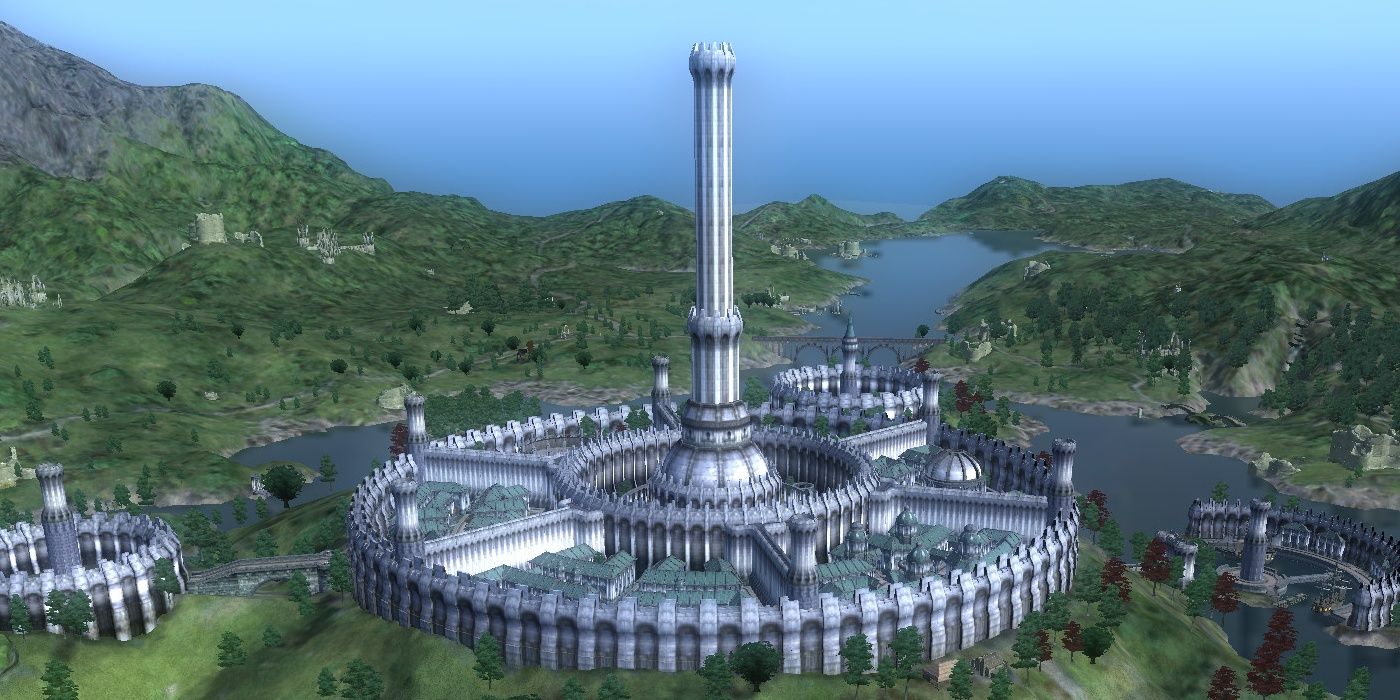
Cities in The Elder Scrolls are small to the point that they can be immersion breaking. When entering Whiterun, Nazeem will assume the player has never had the opportunity to visit the Cloud District. The Cloud District, however, is less than 100 feet away and contains only one building. In Windhelm, players will find themselves hunting for a serial killer in the streets of a city that has only 50 NPCs in total. The worst offender in Skyrim, however, is Falkreath. This hold capital manages to have a population of just 20, which is 9 NPCs less than Winterhold, most of which has collapsed into the ocean.
Oblivion had multiple cities with similar sizes to Skyrim's, but it also had a larger urban center in the form of the Imperial City. There are still many ways, however, that the Imperial City isn't nearly as immersive as it could be. While RPGs like The Witcher 3 create cities with bustling streets, active trade, and visible farmland beyond their walls to supply its citizens with food, the Imperial City feels far less alive. Despite this, the principle of a single, larger city could be interesting if applied to The Elder Scrolls 6.
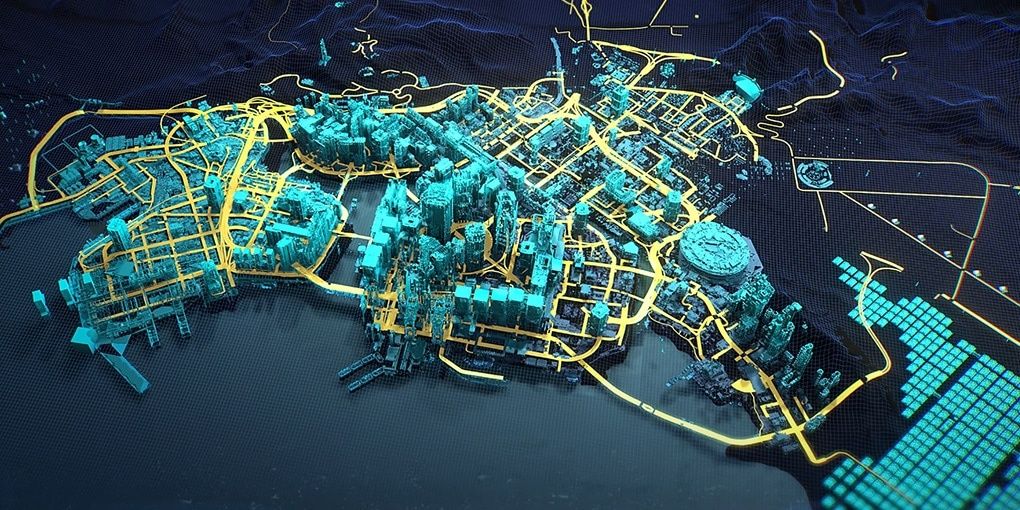
Cyberpunk 2077 may have had a disastrous launch, but the design of its world did show the RPG industry an interesting possibility. Cyberpunk focuses on a single city, Night City, developing it into a far more realistic urban center with diverse inhabitants, fleshed out districts, and a large population of NPCs.
The Elder Scrolls series has never claimed to accurately represent the lore sizes of its in-game locations, otherwise the entire province of Skyrim would be no larger than a New York borough. The Elder Scrolls 6 has the opportunity to focus on a smaller area of Tamriel, but to make that area more realistically sized than the worlds of previous Elder Scrolls games. Like Cyberpunk 2077, The Elder Scrolls 6 could finally include a fully fleshed-out city that feels like an immersively sized and detailed medieval town.
If Bethesda goes in this direction, it could open up some great roleplaying opportunities. An Elder Scrolls game on the same scale as Skyrim but focused on a smaller area of Tamriel in the lore would harken back to Daggerfall, which was set around the eponymous city. While Daggerfall relied on random generation to create its impressively huge world, however, The Elder Scrolls 6 could actually create a detailed, scripted cityscape.
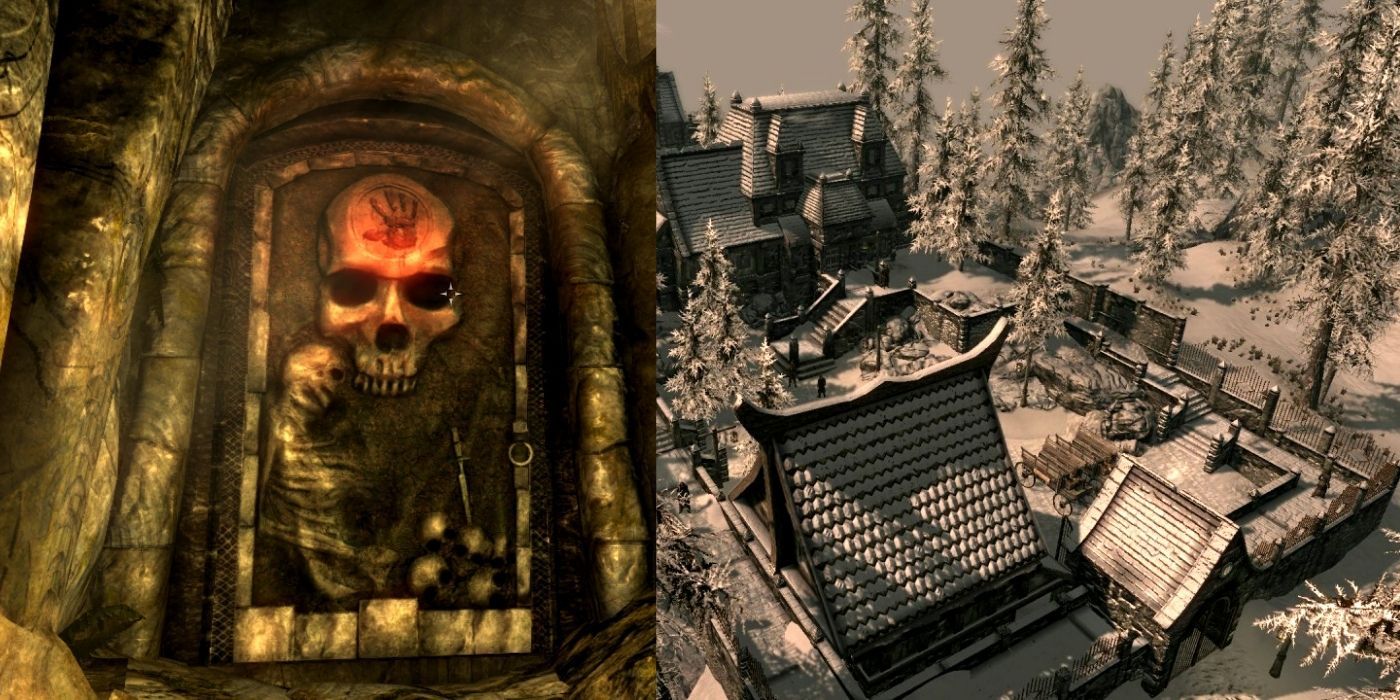
Focusing on a single large city, or even simply including several larger cities as part of a larger procedurally generated world, would have huge implications for the rest of The Elder Scrolls 6's design. In particular, the Dark Brotherhood and the Thieves' Guild have always felt like they're getting the short end of the stick when it comes to TES's tiny towns. Both of these factions could tell fascinating and immersive stories in an urban environment. There's a reason the Thieves' Guild quests are so tightly tied to Riften and the Dark Brotherhood questline begins in the eerie streets of Windhelm, even if the cities' small sizes require the questlines to take the player elsewhere.
Despite their small sizes, Elder Scrolls games in the past have had a degree of success creating distinct personalities for their cities, with Riften and Windhelm providing good examples even if places like Falkreath and Dawnstar feel underdeveloped. The Elder Scrolls 6 could finally create cities which have truly distinct feeling districts. Areas like Windhelm's Gray Quarter could be expanded to have their own full questlines and unique aesthetics. The Gray Quarter as it appears in Skyrim attempt that to a degree, but is hugely limited by its small size.
Large cities could also help The Elder Scrolls 6 accomplish one of its most difficult tasks - distinguishing its setting from Skyrim, and stepping out of the shadow of The Elder Scrolls 5. Skyrim focused on vistas, vast landscapes, and mountainous wilderness. The Elder Scrolls 6 could tell a very different kind of story, set in the winding streets, taverns, and alleyways of a bustling city truly brought to life by the technological developments made since Skyrim's release, such as the number of NPCs that can be rendered in a single area.
For now, however, fans will have to wait and see if Bethesda's promise of larger cities is actually realized in the next game. If it is, the change in design could be a risk, but it could also have the potential to reap far greater rewards than playing it safe, and attempting to recreate the formula found in Skyrim.
The Elder Scrolls 6 is currently in development.

Post a Comment